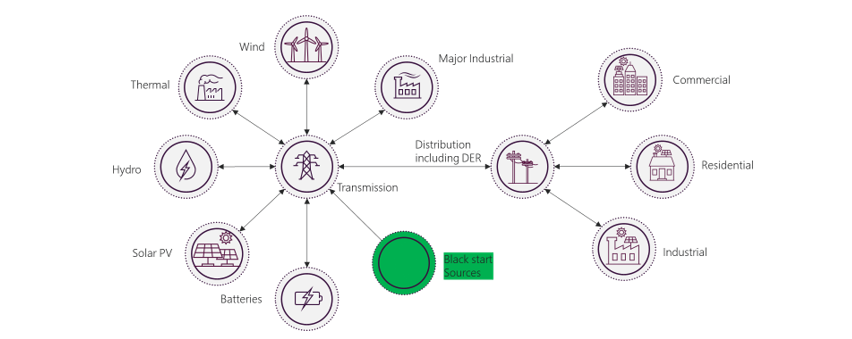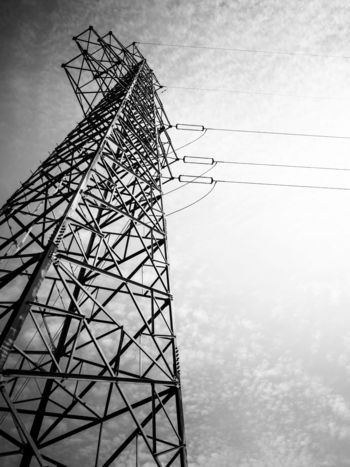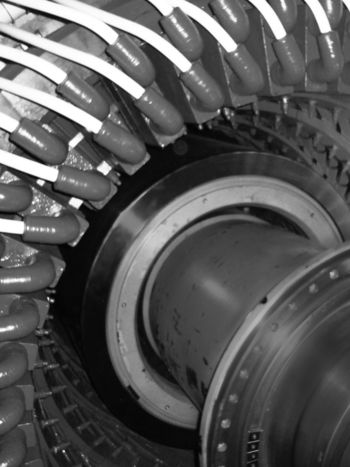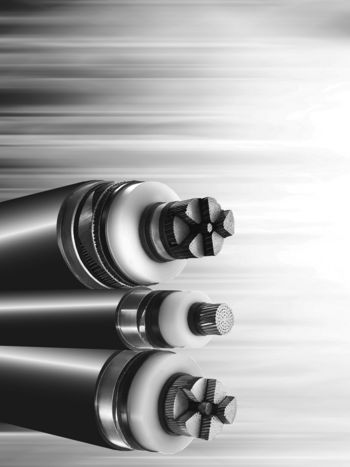Power system restoration accounting for a rapidly changing power system and generation mix
Many power systems around the world are experiencing a rapid uptake of inverter-based resources (IBR), both in the form of large-scale generation and distributed energy resources (DER). This often coincides with a reduction in the number of online synchronous generators. IBRs and synchronous generators have different performance characteristics from several perspectives including the dynamic performance, and most notably the black start performance.
Members
Convenor (AU)
B. BADRZADEH
C. NORONHA (AU), D. SPOOR (AU), S. ZABIHI (AU), P. VAN MEIRHAEGHE (BE), A. GUARINI (BR), R. GUNASEKARA (CA), L. KOTHALAWALA (CA), R. LIU (CN), P. HINKEL (DE), R. KREBS (DE), A.-J. NIKKILÄ (FI), M. AGUADO (FR), D. AUTY (GB), D. GUTSCHOW (GB), S. MCGUINNESS (IE), P. MUKHERJEE (IN), R. PORWAL (IN), H. PUSTJENS (NL), I. HANST (NL), M. BULUT (TR), N. NZUZA (SA), M. HIGGINSON (US), C-C. LIU (US), V. SINGHVI (US)
Interactions between various power system components, both the primary and secondary (protection systems), pertaining to system restoration are generally more complex than those occurring during day-to-day operation and system intact conditions. These interactions are becoming more complex as the IBR share increases in the power system due to their use of more sophisticated and flexible control systems.
The complexity of the interactions due to changes in generation mix is compounded by the impact of the extensive role played by power electronics and the adoption of a broad range of sensors across the power delivery system and information technologies for real time management. As the relationship between the physical grid and IT systems becomes intertwined. This, in turn, means the increasing importance of accounting for cyberattacks from the standpoints of system restoration planning and operation.
Black start capability is provided by generators with the capability to start, or remain in service, without electricity being provided from the grid. These generators must then energise sections of the transmission and distribution networks, and restart other large generators as shown in Figure 1. Ultimately loads connected to the distribution system and lower voltages are picked up. Not all synchronous generators come with system restoration capability, and the vast majority of currently installed IBRs do not have this capability. As such to date IBRs have often played a relatively small role in initiating or supporting system restoration. However, this will not be feasible moving forward as IBRs are becoming the main source of generation in many power systems worldwide. Another key change impacting system restoration is increased interactions between the transmission and distribution systems, a key contributor to which is the increased uptake of the DER.

Figure 1 - Power system components involved during system restoration as the power system and generation mix change
While rare, the extent of the impact of blackout events is such that acquiring a specific quantity and quality of black start sources is essential as it enables timely restoration of supply following a major supply disruption including a black system event. Furthermore, the frequency and severity of such events have been increasing in recent times due to the impact of climate change and aging infrastructure among other factors. The continued security of the power system, at the lowest cost to consumers, is possible only if sufficient black start sources are in place. Without such a capability there is no guarantee that the power system can fully recover even within days after a major supply disruption. Whilst enhancements in system resilience reduces the likelihood of a blackout, it cannot eliminate the risk of a blackout and its consequences. The provision of black start capability therefore remains an essential part of ensuring the overall system resilience during the energy transition because of the impact of IBRs.




